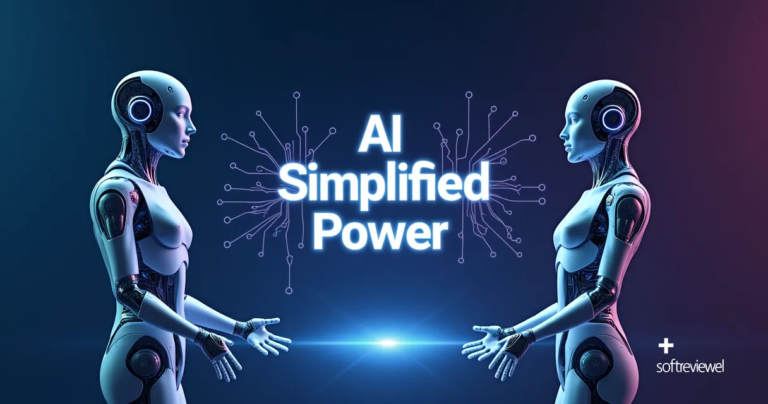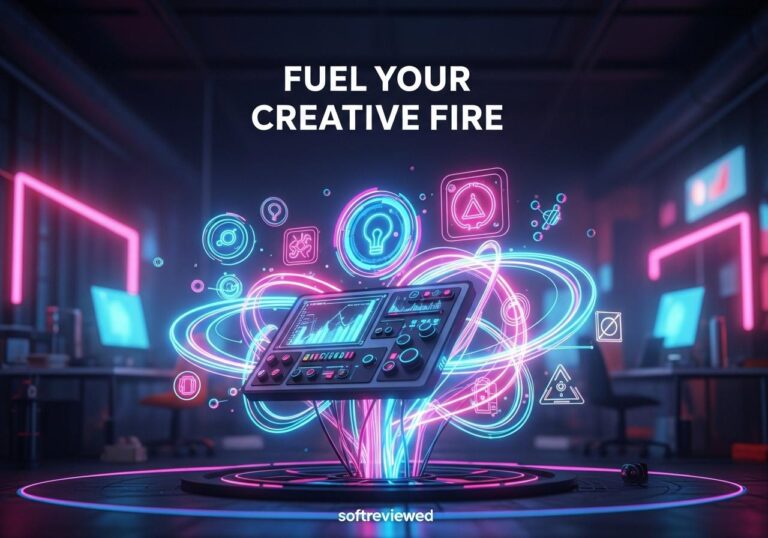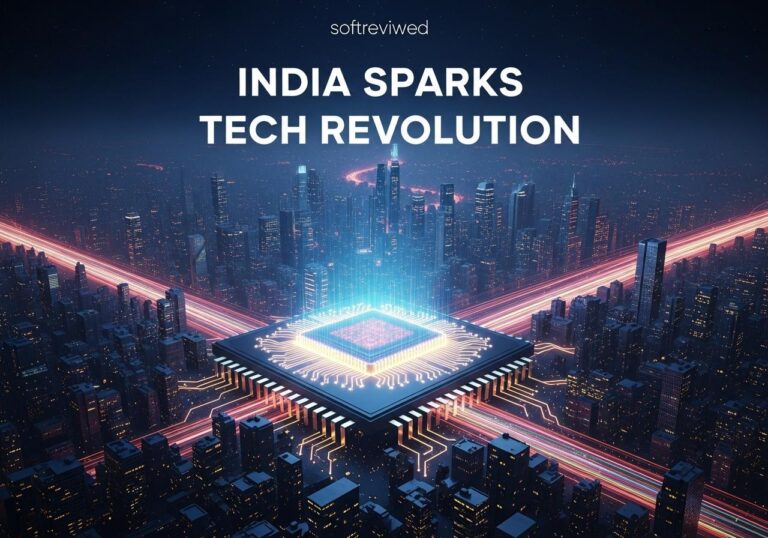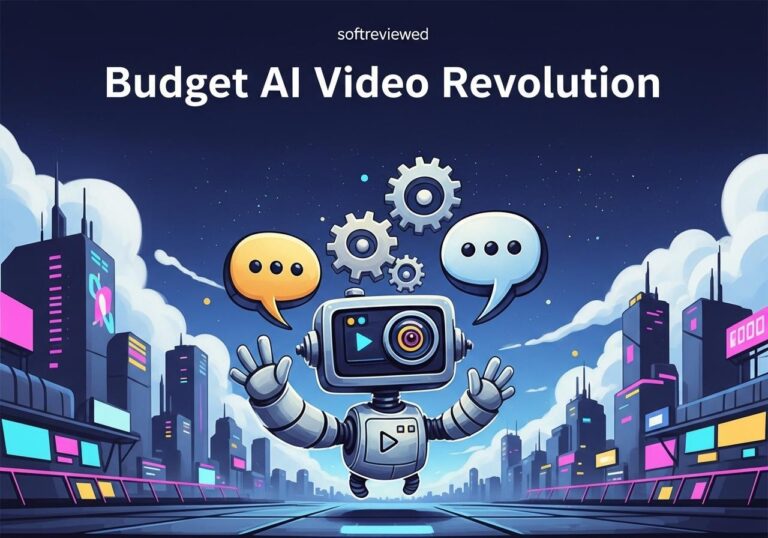Model Distillation in AI
Making AI more efficient through knowledge transfer from large to small models
Model Distillation Basics
Transfers knowledge from a larger “teacher” model to a smaller “student” model, optimizing AI deployments for efficiency and cost-effectiveness.
Key Benefits
Enhanced data efficiency, reduced computational needs, lower storage requirements, and improved task-specific performance.
Quantization Integration
Combines with quantization techniques for enhanced performance in resource-constrained environments through layer-wise and attention mechanism distillation.
Distillation Techniques
Three main approaches: output-based (logit-based), feature-based (internal learning), and relation-based (input-output relationship transfer).
QKD Implementation
Structured knowledge transfer approach adapting student models to quantized constraints while maintaining high performance levels.
Real-World Applications
Perfect for edge computing, real-time processing, and applications requiring comprehensive understanding of complex data patterns.
The Shrinking World of AI: Introducing Model Distillation and Quantization
Large Language Models (LLMs) have revolutionized AI, but their massive size and computational demands pose significant challenges. 🤔 Enter model distillation and quantization, two powerful techniques that are reshaping how we use these powerful tools. These methods are crucial for deploying LLMs efficiently, making AI more accessible and affordable. In this article, we’ll explore how model distillation and quantization work, what benefits they offer, and how they compare to each other. We'll also look at real-world examples and what's on the horizon for these technologies.
What is Model Distillation? Transferring Genius from Teacher to Student
Model distillation, also known as knowledge distillation, is like having a brilliant professor mentor a promising student. 🎓 The idea is to take a large, complex, and highly accurate "teacher" model (often a massive LLM) and use its knowledge to train a smaller, more efficient "student" model. This results in a more compact model that can achieve performance comparable to its larger counterpart, but with significantly reduced computational resources. The student model learns to mimic the teacher's behavior, gaining the benefits of the larger model's expertise, while also being faster and cheaper to deploy.
How Does Model Distillation Work?
The distillation process typically involves these steps:
The Teacher Model: A large, pre-trained LLM acts as the teacher, possessing vast knowledge.
Generating Soft Labels: The teacher model processes a large dataset and generates predictions or outputs. These "soft labels" provide richer information than traditional one-hot encoded labels, giving the student model a more nuanced understanding of the data.
Training the Student Model: A smaller student model is then trained to match the teacher's soft labels, learning from the teacher's output patterns. This is often done using techniques like temperature scaling, which softens the probability distributions from the teacher, making it easier for the student to learn.
- Fine-tuning: Once the student model has learned from the teacher, it may be fine-tuned on task-specific data to further optimize performance.
The Benefits of Distilling LLMs: Speed, Cost, and Accessibility
📌 Increased Computational Efficiency: Smaller models mean lower memory requirements and faster inference times.
✅ Reduced Costs: Deploying and running smaller models consumes fewer resources, leading to significant cost savings.
🚀 Improved Accessibility: Smaller, more efficient models can be deployed on a wider range of devices, including mobile phones and edge devices, opening AI to more users.
👉 Faster Processing: Reduced parameters result in faster response times, essential for many real-time applications.
Quantization: The Art of Precision Reduction in AI
Quantization is a model compression technique that reduces the numerical precision of a model's weights and activations. 📉 Instead of using high-precision floating-point numbers (like 32-bit or FP32), quantization uses lower-precision numbers, like 8-bit integers (INT8) or even 4-bit integers (INT4). Think of it like rounding numbers: reducing the precision reduces the storage space required and accelerates computations. It's analogous to compressing an image, where you reduce file size with minimal visual loss. This technique directly addresses the memory and computation demands of LLMs.
How Does Quantization Work?
The process generally involves:
Precision Reduction: Converting model weights and activations from higher-precision data types (e.g., FP32) to lower-precision types (e.g., INT8, INT4).
Calibration: Determining the best mapping of higher-precision values to lower-precision values, often by analyzing a calibration dataset to minimize information loss.
Quantization-aware Training: In some cases, the model is retrained with quantization in mind, helping to mitigate performance loss. This technique is especially important when using very low precisions.
- Deployment: The quantized model is then deployed, requiring less memory and computational power.
Benefits of Quantizing LLMs: Smaller Footprint, Faster Inference
📌 Reduced Memory Footprint: Lower-precision numbers require significantly less storage space.
✅ Faster Inference: Computation with lower-precision numbers is faster, especially on hardware optimized for those types.
🚀 Improved Energy Efficiency: Lowering memory and computation means less energy consumption, making it suitable for edge devices.
👉 Broader Deployment Options: Quantized models can run on devices with limited resources.
Distillation vs. Quantization: Key Differences and Synergies

While both distillation and quantization aim to reduce the resource demands of LLMs, they achieve this in different ways. ⛔️ Distillation focuses on transferring knowledge from a large model to a smaller model with a different architecture, whereas quantization reduces the numerical precision of a model.
Here's a comparison:
| Feature | Model Distillation | Model Quantization |
|---|---|---|
| Primary Goal | Transfer knowledge to a smaller model. | Reduce model size and computational requirements. |
| Mechanism | Trains a smaller model on the outputs of a larger one. | Reduces the precision of model weights/activations. |
| Model Change | Usually results in a different model architecture. | Usually keeps the same model architecture. |
| Resource Impact | Reduces computational demands and model size. | Reduces memory footprint, speeds up inference. |
| Performance | Aims to maintain performance close to teacher. | Can sometimes result in minor performance loss. |
These two techniques are not mutually exclusive. In fact, combining both distillation and quantization can produce even smaller and faster models, making them suitable for various applications where extreme efficiency is needed. 💡 For example, you might first distill a large LLM to get a smaller, more manageable model, and then quantize that smaller model to further reduce its size and computational requirements.
Real-World Applications: Where Efficiency Meets Performance
Model distillation and quantization are enabling a wide range of exciting applications. Here are a few examples:
Mobile AI: Distilled and quantized LLMs can power AI features on smartphones, such as advanced language translation, text generation, and conversational interfaces.
Edge Computing: These techniques make it feasible to run complex AI models directly on edge devices, like sensors and embedded systems, enabling real-time analysis and decision-making with reduced latency.
Chatbots and Customer Service: Smaller, more efficient models can handle customer service queries more quickly and cost-effectively, enhancing the user experience and reducing costs for companies.
Personalized Medicine: LLMs can be customized and compressed to analyze medical data locally, improving diagnostic speeds and accessibility.
Real-time Language Translation: Quantized models enable real-time translation on-device, without requiring internet connection, and with lower energy consumption.
The Road Ahead: Refining and Combining Techniques
The journey of optimizing LLMs is far from over. We are seeing rapid advancements in both distillation and quantization methods. 🚀 Researchers are continually working on new techniques to minimize information loss during quantization and more effective ways to transfer knowledge during distillation. Expect to see even more refined methods that further improve the efficiency and performance of LLMs. Combining different techniques and tailoring them to specific hardware and tasks will be a crucial area of innovation. Furthermore, the open-source community is actively contributing by making tools and pre-trained models available, accelerating the adoption of these technologies.
How Does Model Distillation and Quantization Enhance AI Tools Like Whisk for Creating Art?
Model distillation and quantization streamline AI tools like Whisk, making them more efficient while retaining quality. By compressing complex models, they enable faster processing and reduced resource consumption. This allows users to easily apply advanced features and enhance their creativity. To see amazing results, discover how google’s ai transforms your photos.
Key Takeaways: A More Efficient AI Future
Model distillation and quantization are pivotal for making LLMs more practical and accessible. Here's a recap:
Model distillation transfers the knowledge of a large teacher model to a smaller student model, making it more efficient.
Model quantization reduces the numerical precision of a model’s weights and activations, reducing memory requirements and speeding up computation.
Both techniques are vital for deploying LLMs on resource-constrained devices and at scale while lowering cost.
- Combining distillation and quantization offers even more optimization possibilities.
These advancements are democratizing AI, enabling it to be deployed in more places and used by a wider range of individuals and organizations. The ability to make models more efficient means that more people can harness the power of advanced AI in the future. To learn more about model quantization, you can explore resources like this article on LLM quantization techniques.
AI Model Optimization Metrics (2023)
This chart compares different AI model optimization techniques and their impact on model performance and efficiency.







